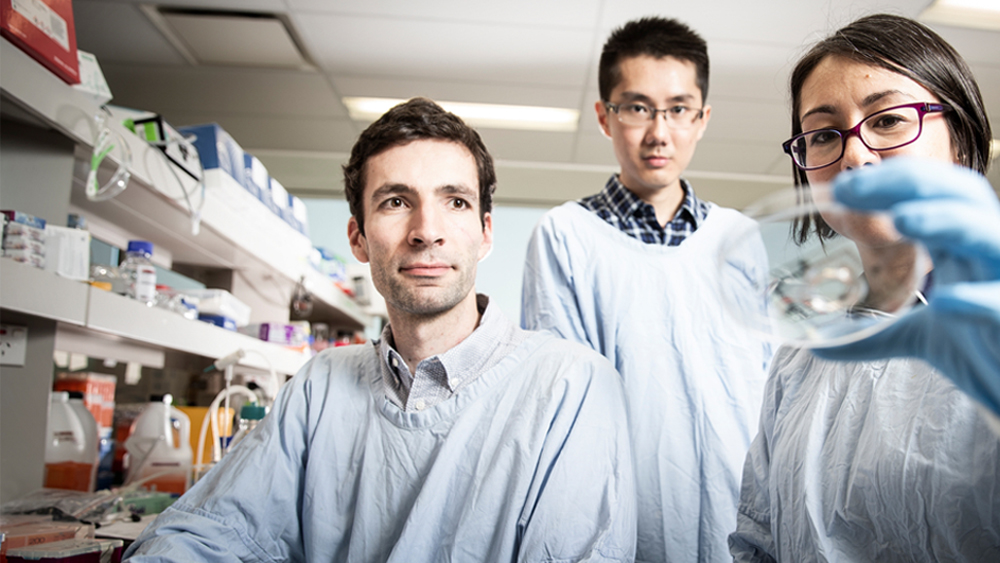Graft-versus-host disease (GVHD) is an inflammatory disorder and major complication following donor stem cell transplantation in people with blood cancers and other blood disorders such as bone marrow failure.
Use of donor stem cell transplantation is a curative therapy for blood cancers, as the donor immune cells can mediate a graft-versus-leukaemia (GVL) effect to combat any residual cancer in the patient. However, these donor immune cells (graft) can also mount an immune response attacking other tissues (liver, gut, skin and lung) in the recipient (host) leading to graft-versus-host disease (GVHD).
GVHD occurs up to 50% of patients following a donor stem cell transplant and can be fatal in up to 30%. Current therapies use broad range immunosuppression, leading to increased risk of cancer relapse and infection, therefore better therapies are required to treat GVHD.
We use preclinical mouse models that mimic the GVHD and GVL responses and allow us to test therapies to assess disease outcomes. These models are termed humanised mouse models, in which immunodeficient mice (no immune system) are engrafted with human immune cells and/or human leukaemia cells.
These preclinical humanised mouse models of GVHD and GVL developed in the Animal Facility at UOW allow us to examine the role of different human immune subsets, their engraftment and their role in tissue damage and anti-leukaemia immune responses. Furthermore, this allows us to test therapies to examine how to improve GVHD outcomes, while retaining the GVL effect.
These preclinical models allow us to further understand GVHD and potentially translate findings to improve the quality of life and outcomes for people with blood cancer and other blood disorders.
Research findings
- Post-transplant cyclophosphamide limits reactive donor T cells and delays the development of graft-versus-host disease in a humanised mouse model.
Sam Raj Adhikary, Peter Cuthbertson, Leigh Nicholson, Katrina M. Bird, Min Hu, Philip J O’Connell, Ronald Sluyter, Stephen I Alexander* and Debbie Watson* (*CO-SENIOR AUTHORS). - P2X7 receptor antagonism increases regulatory T cells and reduces clinical and histological graft-versus-host disease in a humanised mouse model.
Peter Cuthbertson, Nicholas J Geraghty, Sam R Adhikary, Sienna Casolin, Debbie Watson* and Ronald Sluyter* (*CO-SENIOR AUTHORS) - The P2X7 antagonist Brilliant Blue G reduces serum human IFN-γ in a humanised mouse model of graft-versus-host disease.
Nicholas Geraghty, Lisa Belfiore, Diane Ly, Sam Adhikary, Stephen Fuller, Winnie Varikatt, Martina Sanderson-Smith, Vanessa Sluyter, Stephen Alexander, Ronald Sluyter* and Debbie Watson* (*CO-SENIOR AUTHORS).
